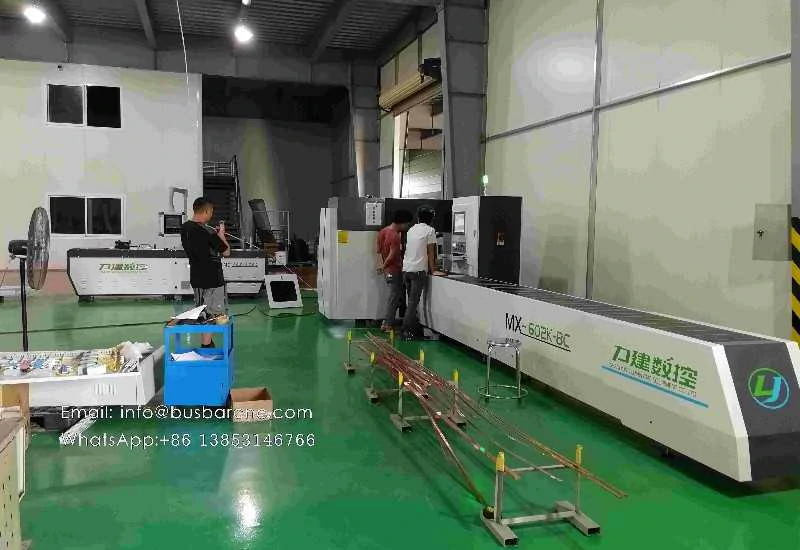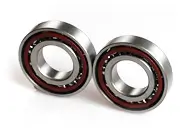Glass lined reactors are essential equipment in the chemical and pharmaceutical industries due to their robustness in handling high-temperature and high-pressure operations. This article explores the intricate details of their design, materials, operational capabilities, and maintenance requirements.
Understanding Glass Lined Reactors
Glass lined reactors, often referred to as GLRs, are vessels designed to contain chemical reactions under various conditions. They are typically made of a steel shell lined with a layer of glass enamel. This enamel layer provides excellent resistance to corrosion from acids, alkalis, and other harsh chemicals, making it ideal for a wide range of applications.
Construction and Materials
The construction of a glass lined reactor involves several critical components:
1. Steel Shell: The outer shell of the reactor is made from carbon steel or stainless steel, providing structural support and containment.
2. Glass Lining: The inner surface is lined with a specially formulated glass enamel that adheres tightly to the steel substrate. This glass lining is typically composed of silica, boron trioxide, and alkalis, which together form a chemically inert barrier.
3. Jacket: Many reactors are equipped with a jacket surrounding the main vessel. This jacket allows for temperature control by circulating heating or cooling fluids.
Operational Capabilities
Glass lined reactors are prized for their ability to operate under demanding conditions:
– High Temperatures: They can withstand temperatures ranging from -20°C to 200°C or higher, depending on the specific design and glass formulation. This capability makes them suitable for processes requiring elevated temperatures such as polymerization, distillation, and chemical synthesis.
– High Pressures: GLRs are engineered to withstand pressures typically up to 6 bar (87 psi) or higher. This capability is crucial for processes that generate high internal pressures, such as hydrogenation and other catalytic reactions.
Applications in Industry
The versatility of glass lined reactors makes them indispensable in various industrial sectors:
– Chemical Industry: Used for mixing, reaction, and storage of chemicals where corrosion resistance and purity are paramount.
– Pharmaceutical Industry: Ideal for manufacturing pharmaceutical intermediates and active pharmaceutical ingredients (APIs) due to their inert and hygienic properties.
– Food and Beverage: Employed in the production of food additives, flavors, and cosmetics where cleanliness and product purity are critical.
Advantages and Limitations
Advantages:
1. Corrosion Resistance: The glass lining protects against corrosion, extending equipment lifespan.
2. Versatility: Suitable for a wide range of chemicals and processes due to inertness and thermal stability.
3. Easy Maintenance: Smooth glass surfaces are easy to clean and glass lined stainless steel reactor maintain, reducing downtime.
Limitations:
1. Mechanical Strength: Glass lining can be brittle and susceptible to mechanical damage, requiring careful handling.
2. Temperature Limitations: Extreme thermal cycling can cause stress on the glass lining, necessitating controlled heating and cooling rates.
Maintenance and Care

Proper maintenance is crucial for maximizing the lifespan and performance of glass lined reactors:
– Regular Inspection: Periodic checks for cracks, chips, or signs of corrosion ensure early detection and prevention of damage.
– Cleaning Procedures: Use non-abrasive cleaners and avoid harsh chemicals that could compromise the glass lining.
– Repair and Refurbishment: Professional repair services can address minor damages to prevent escalation and ensure safe operation.
Conclusion
In conclusion, glass lined reactors are indispensable tools in the chemical and pharmaceutical industries, offering robust capabilities for high-temperature and high-pressure operations. Their unique combination of corrosion resistance, thermal stability, and versatility makes them ideal for a wide range of applications. However, careful maintenance and operational practices are essential to ensure their longevity and safety. As industries continue to innovate and glass lined reactor spark test expand, the demand for reliable and efficient reactors like GLRs will only increase, driving further advancements in their design and performance.
https://industrialtechpress.com/



